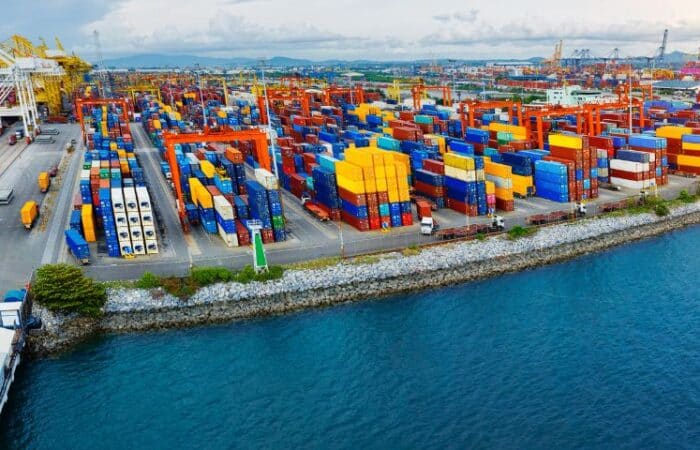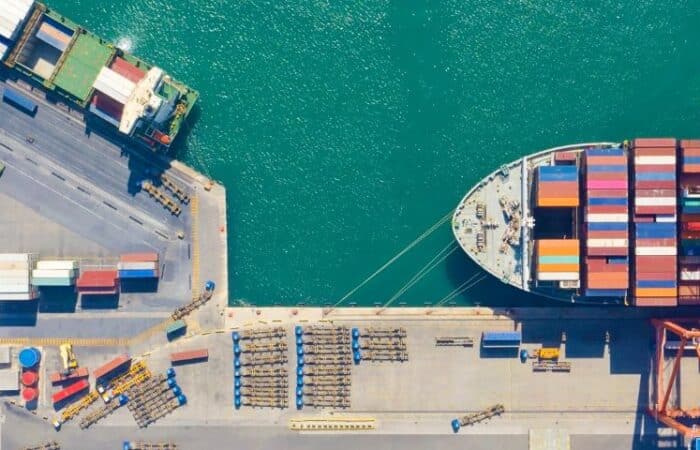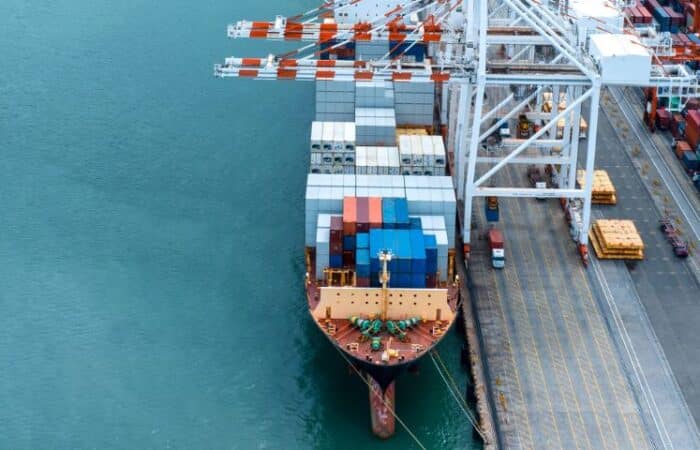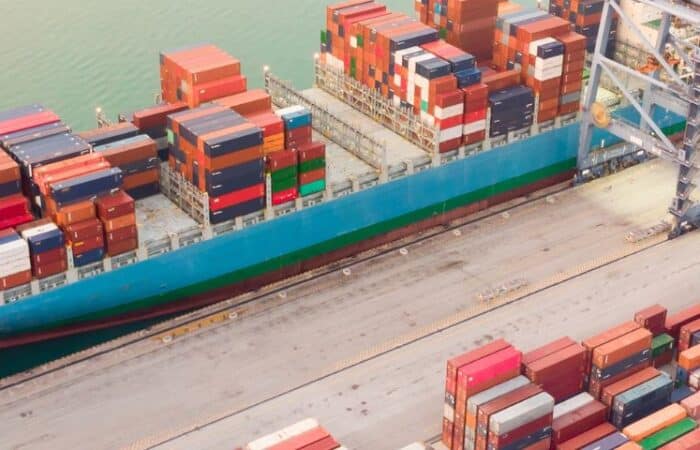Maritime Tracking
What is Maritime Tracking?
Maritime tracking involves monitoring and tracking the movement of vessels across oceans. By providing visibility into vessel movements and container tracking, it enables efficient coordination, risk management, and compliance with maritime regulations, contributing to the safety and sustainability of maritime activities.
What Types of Technology are Used in Maritime Tracking?
- Global positioning system (GPS): utilizes a network of satellites to determine the precise location, speed, and direction of vessels worldwide. GPS receivers onboard ships receive signals from satellites to provide real-time location data, enabling accurate tracking of vessel movements.
- Automatic identification system (AIS): a tracking system used by ships and vessels to broadcast their identity, position, course, and speed to other ships and shore-based stations. AIS transponders installed on vessels continuously transmit data, which can be received by other vessels, AIS base stations, and satellite systems for tracking purposes.
- Satellite communication: provides continuous connectivity with vessels at sea, enabling data exchange, messaging, and alerts between ships, ports, and maritime authorities.
- Radar: uses radio waves to detect and track vessels by measuring the time it takes for signals to bounce off ships and return to the radar receiver. It is commonly used for maritime surveillance, navigation, and collision avoidance, providing situational awareness and tracking capabilities in various weather conditions.
- Data analytics and predictive modeling: analyzes historical maritime data to identify patterns, trends, and anomalies. These insights help predict vessel movements, optimize routes, and mitigate risks.
What are the Benefits of Maritime Tracking?
Maritime tracking offers numerous benefits to various stakeholders involved in maritime operations:
- Enhanced safety: monitors vessel movements and provides real-time updates on their location and status, maritime tracking enhances safety at sea. It enables timely detection of potential hazards, such as collisions, grounding, or adverse weather conditions, allowing for proactive measures to mitigate risks and ensure the safety of vessels, crew, and cargo.
- Cargo security and loss prevention: monitors the movement and condition of cargo containers throughout the supply chain. It provides visibility into cargo handling, loading, and unloading processes, reducing the risk of theft, loss, or damage to cargo during transit.
- Regulatory compliance: provides accurate data on vessel movements and activities to facilitate compliance with maritime regulations and international standards. They enable vessels to report their positions, course, and speed in real time, ensuring adherence to safety, security, and environmental regulations.
- Optimized operations: offers real-time visibility into vessel movements and enables businesses to optimize their operations. It helps in efficient route planning, scheduling, and resource allocation, reducing transit times, fuel consumption, and operational costs.
- Enhanced customer service: allows businesses to provide better customer service by offering accurate and up-to-date information on shipment statuses and expected delivery times. This transparency improves customer satisfaction, builds trust, and enhances the overall customer experience.
- Risk mitigation: businesses can proactively identify and mitigate risks associated with vessel operations, such as delays, disruptions, and security threats. By anticipating potential issues and taking preventive measures, businesses can minimize financial losses and protect their assets and reputation.
- Improved supply chain management: integrates seamlessly with supply chain management systems, providing end-to-end visibility into the movement of goods, from origin to destination.
Maritime tracking generates commercial and safety benefits. It is a valuable tool for businesses seeking to maximize their performance and competitiveness in the maritime industry.
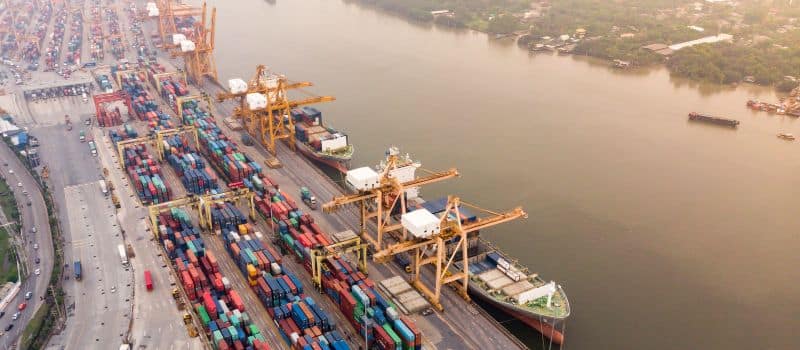
What is the Difference Between Manual and AI-Powered Maritime Ship Tracking?
This table highlights the differences between manual and AI-powered tracking systems.
| Aspect | Manual Tracking | Maritime AI™-Powered Tracking |
| Human dependency | Relies on human operators and traditional methods | Utilizes advanced technologies, including machine learning and predictive analytics |
| Visibility | Offers limited real-time visibility | Provides comprehensive, real-time tracking and monitoring |
| Response time | Reactive response to issues and deviations | Proactively identifies anomalies and exceptions |
| Resource allocation | Requires significant allocation of human resources | Optimizes resource allocation and reduces costs |
| Efficiency | Prone to errors and inefficiencies | Enhances efficiency, reduces transit times and costs |
| Data availability | Relies on periodic updates, limited data availability | Offers comprehensive data on container movements |
| Integration | Manual integration with existing systems | Seamlessly integrates with supply chain and logistics, including API deployment |
| Predictive capabilities | Lacks predictive insights | Provides predictive maintenance insights for preventive action |
Maritime Tracking and Container Tracking
Maritime AI™ technology is reshaping container tracking, offering real-time analytics and predictive decision-making capabilities. The effectiveness of container tracking hinges not only on the technology itself, but also on strategic deployment practices.
Maritime AI™ container tracking leverages deep learning and machine learning models to generate real-time ETA predictions for global container vessels. By continuously assessing congestion levels at container ports, it provides accurate ETAs, enabling real-time monitoring of shipments throughout the supply chain.
With this solution, businesses gain insights into vessel movements, facilitating proactive decision-making and enhanced operational efficiency. Additionally, integrating APIs into container tracking processes streamlines data flow, allowing seamless integration with existing systems. This ensures a steady stream of real-time information, optimizing operational efficiency and freeing resources for core business activities. Through API integration, businesses can effortlessly track container shipments from departure to arrival, receiving updates on location, ETA, and potential delays throughout the journey.















